November 2011 Skywatching Events
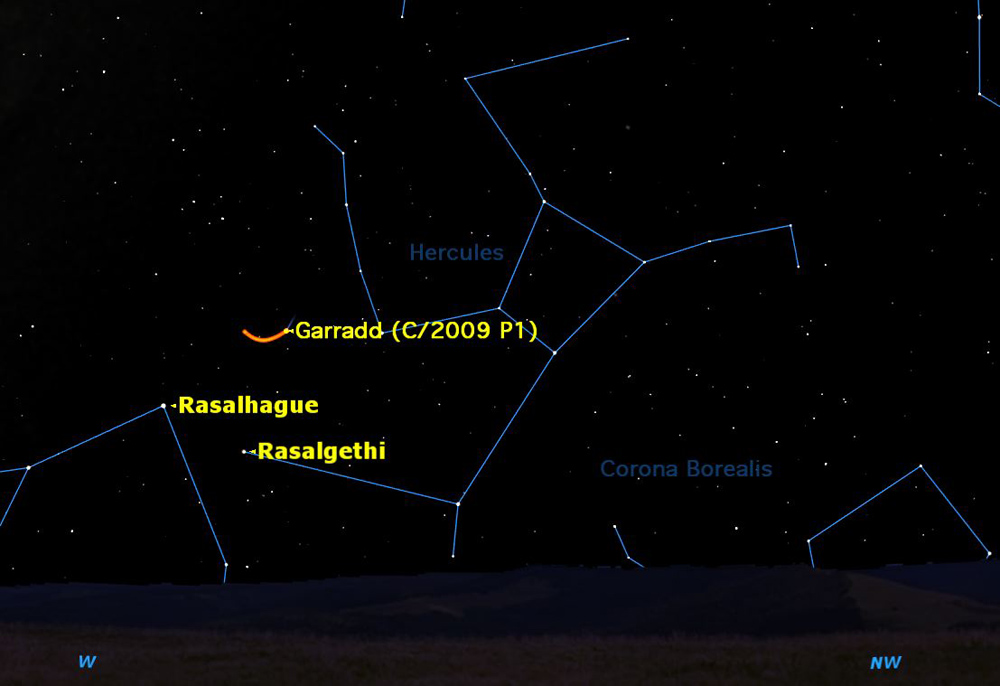
A meteor shower, a partial solar eclipse and some planet sightings are just some of the amazing things in the night sky this month. Check out the most tantalizing skywatching targets for November 2011 below:
Moon Phases
Wed., November 2, 2:38 p.m. EDT
First Quarter Moon
The First Quarter Moon rises around 2 p.m., and sets around 1 a.m.
Thu., November 10, 3:16 p.m. EST
Full Moon
Get the Space.com Newsletter
Breaking space news, the latest updates on rocket launches, skywatching events and more!
This is the Full Moon two months after Harvest Moon, so is usually called the Oak Moon. In Algonquian it is called Beaver Moon. Other names are Frost Moon and Snow Moon. In Hindi it is known as Kartik Poornima. Its Sinhala (Buddhist) name is Il Poya. The Full Moon rises around sunset and sets around sunrise, the only night in the month when the moon is in the sky all night long. The rest of the month, the moon spends at least some time in the daytime sky.
Fri., November 18, 12:09 p.m. EST
Last Quarter Moon
The Last or Third Quarter Moon rises around midnight and sets around 2 p.m. It is most easily seen just after sunrise in the southern sky.
Fri., November 25, 1:10 a.m. EST
New Moon
The Moon is not visible on the date of New Moon because it is too close to the Sun, but can be seen low in the east as a narrow crescent a morning or two before, just before sunrise. It is visible low in the west an evening or two after New Moon.
Observing Highlights
All Month, evening
Comet Garradd (C/2009 P1)
Comet Garradd continues to be a nice object in binoculars or a small telescope, an 8th magnitude comet slowly crossing Hercules. (See sky map above.)
Tue., November 1, dusk
Mercury and Venus 2 degrees apart
The first of two close encounters between Mercury and Venus this month. Mercury’s proximity to Venus makes it easier than usual to spot.
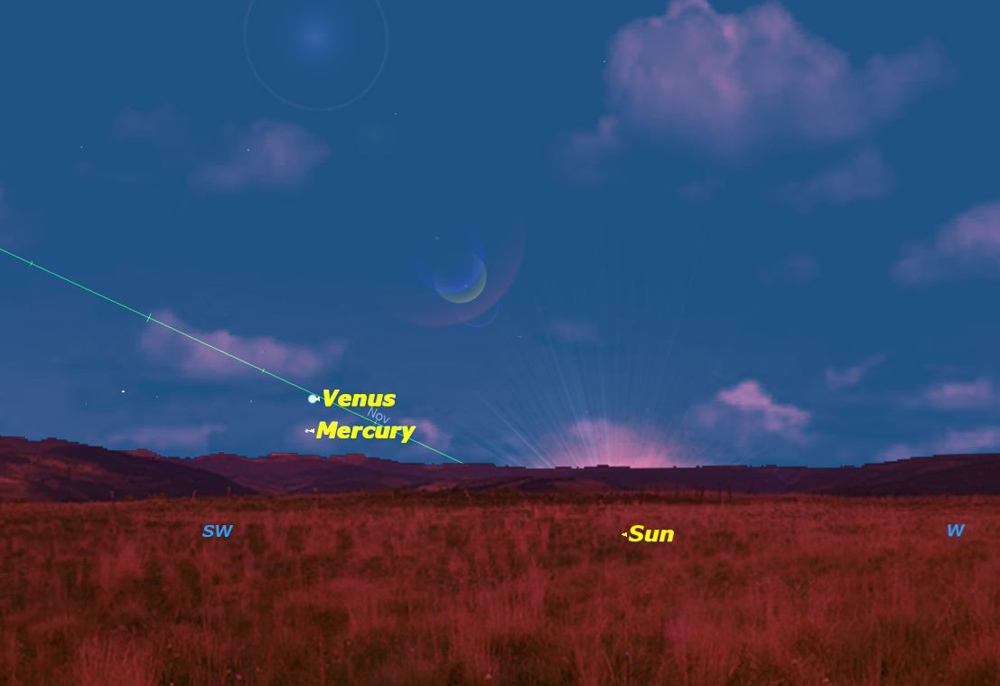
Thu., November 10, 3 a.m.
Mars close to Regulus
Mars will be just north of Regulus, the brightest star in the constellation Leo.
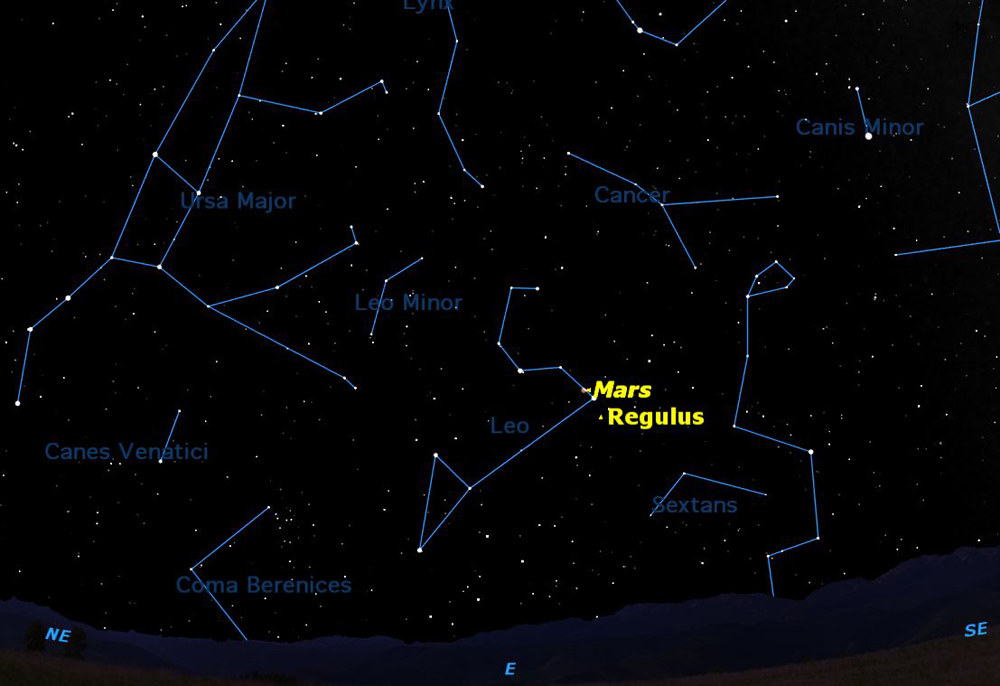
Sat., November 12, dusk
Mercury and Venus 2 degrees apart
The second of two close encounters between Mercury and Venus this month. Mercury’s proximity to Venus makes it easier than usual to spot. Tomorrow evening Mercury will be at its greatest elongation from the Sun.
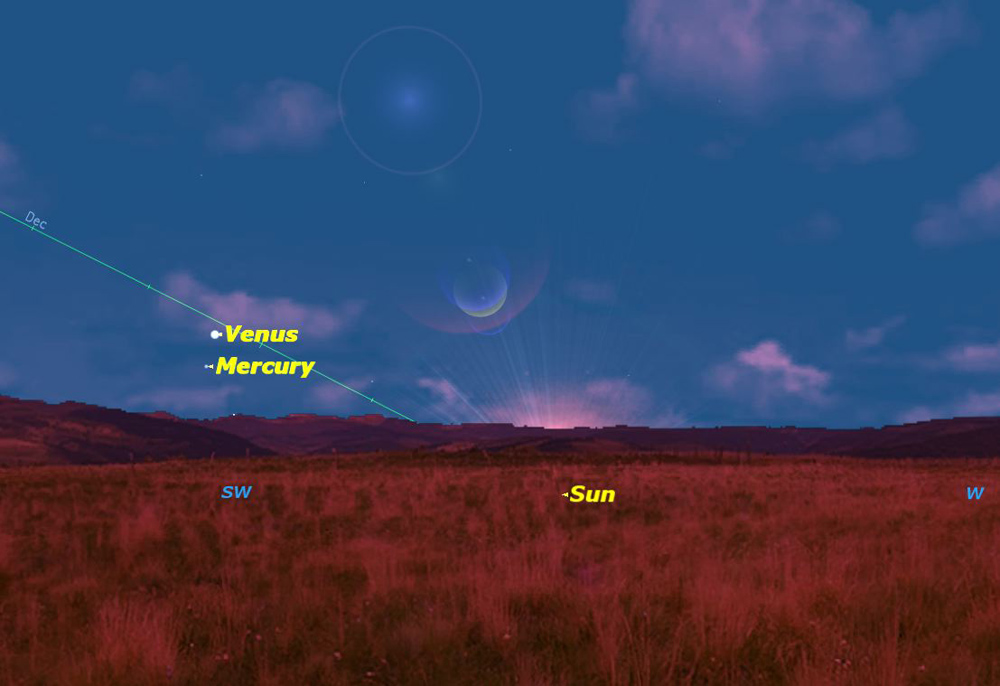
Thu., November 17, 11 p.m. EST
Leonid meteors peak
The Leonid meteor shower, which sometimes puts on a good show, peaks at 11 p.m. EST, but more meteors are likely to be visible after local midnight.
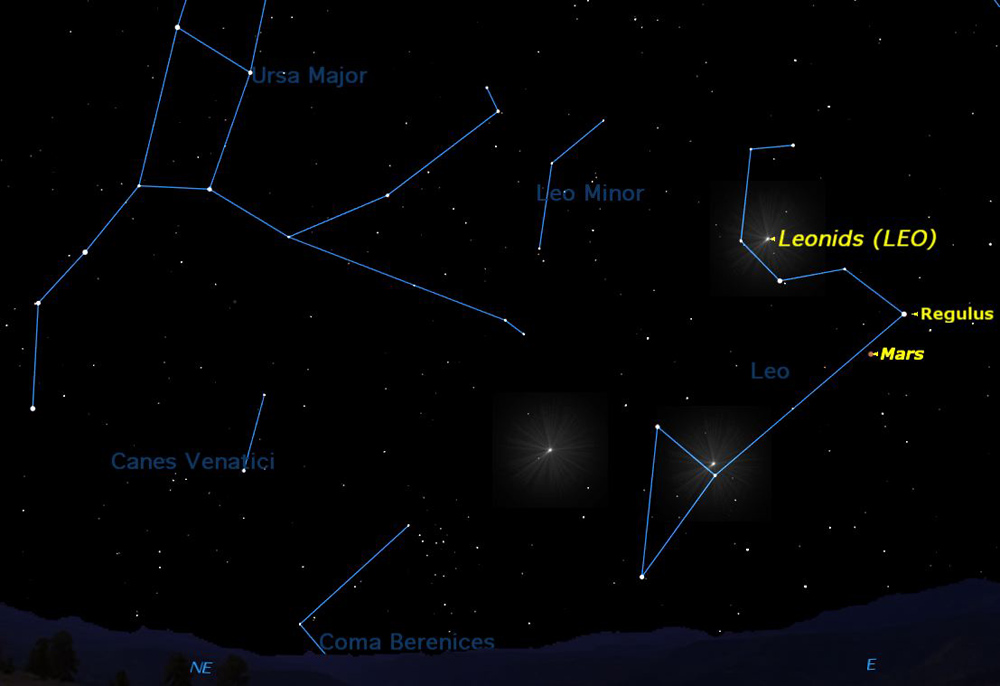
Fri., November 25
Partial solar eclipse
A partial solar eclipse will be visible in southern South Africa, Antarctica, Tasmania, and most of New Zealand.
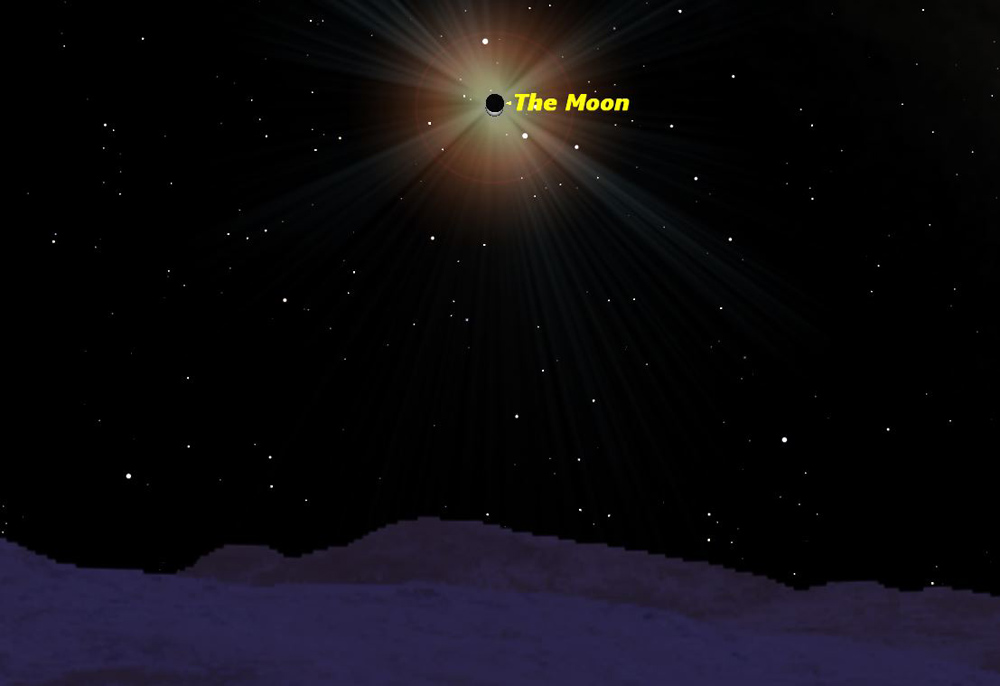
Planets
Mercury is well placed in the western sky after sunset for the first half of the month. It is very close to Venus, making it easy to spot.
Venus is low in the evening sky after sunset all month.
Mars spends all of November in Leo. It now outshines nearby Regulus and reaches 7 arc seconds by the end of the month, large enough to reveal its polar cap and dark surface markings in a 6-inch (150-mm) telescope.
Jupiter was in opposition in Aries in October 28, so is well placed in the evening sky all month. Jupiter and Venus are the brightest objects in the night sky other than the Moon.
Saturn reappears just before dawn in the eastern sky close to Spica in Virgo.
Uranus is well placed in Pisces all month.
Neptune is well placed in Aquarius all month.
This article was provided to SPACE.com by Starry Night Education, the leader in space science curriculum solutions. Follow Starry Night on Twitter @StarryNightEdu.
Join our Space Forums to keep talking space on the latest missions, night sky and more! And if you have a news tip, correction or comment, let us know at: community@space.com.

Geoff Gaherty was Space.com's Night Sky columnist and in partnership with Starry Night software and a dedicated amateur astronomer who sought to share the wonders of the night sky with the world. Based in Canada, Geoff studied mathematics and physics at McGill University and earned a Ph.D. in anthropology from the University of Toronto, all while pursuing a passion for the night sky and serving as an astronomy communicator. He credited a partial solar eclipse observed in 1946 (at age 5) and his 1957 sighting of the Comet Arend-Roland as a teenager for sparking his interest in amateur astronomy. In 2008, Geoff won the Chant Medal from the Royal Astronomical Society of Canada, an award given to a Canadian amateur astronomer in recognition of their lifetime achievements. Sadly, Geoff passed away July 7, 2016 due to complications from a kidney transplant, but his legacy continues at Starry Night.










